As the directors of the federal government’s community battery program, the Australian Renewable Energy Agency (ARENA) today opened expressions of interest for the first of two funding rounds, totalling $171 million, with $120 million of that allocated in round one.
The program appears quite different from its early visions though. Firstly, applicants must deploy a minimum of five community batteries – a requirement which would surely lead to the exclusion of community groups, unless forming large coalitions. Secondly, the funding will be equally divided between Distributed Network Service Providers (DNSPs), or networks, and non-network applications (everyone else).
To be eligible for the funding, each of the community batteries must be between 50 kW and 5 MW and connect to the local grid as front of meter devices. Applicants will be able to seek up to $20 million each.
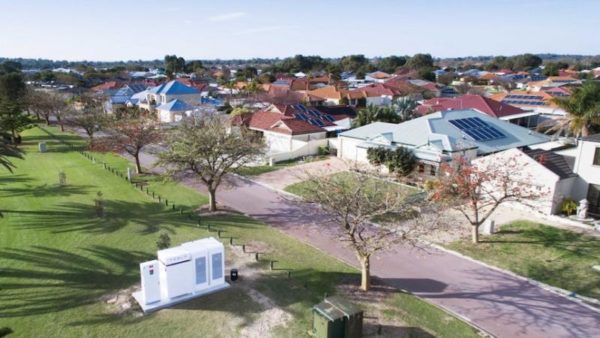
Rorts scandal
Last week, Independent Senator Rex Patrick accused the federal Labor government of rorting this community battery scheme, after a Freedom of Information (FOI) request revealed the locations for 58 of the 400 promised batteries were selected while Labor was in opposition, and had mainly been promised in locations where the Labor party was either looking to hold or gain seats.
To be clear, ARENA is now managing the community battery funding program, but before the agency become involved, the Labor party had already selected 58 community battery locations, leaving ARENA to select the remaining 342 projects through its own tenders.
Specifically, Senator Patrick said 32% of the “eligible locations” for the Labor-party awarded grants were suburbs in safe or fairly safe Labor seats, and 42% of them were in marginal seats. This, Senator Patrick said, “has a rotten stink about it.”
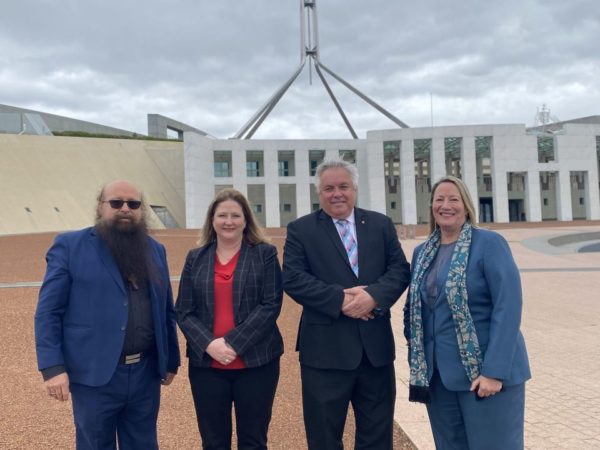
Image: Rebekha Sharkie MP
Independent MP Rebekha Sharkie, who has worked with Senator Patrick in the past on renewable industry accountability, confronted Chris Bowen, the Minister for Climate Change and Energy, on Labor’s selection decisions in Parliament. Minister Bowen responded: “Opposition [parties] make election commitments… governments, when elected, then deliver on those election commitments.”
Community battery program nitty gritty
Coming back to how the scheme will work, ARENA CEO Darren Miller said community batteries represent the next step in optimising distributed energy resources in the electricity grid.
“Not everyone is able to install rooftop solar, but by storing electricity close to the point of consumer demand, we can reduce network costs and alleviate constraints in areas with high solar penetration.”
This is a somewhat surprising remark given electricity networks in Australia operate under a “postage stamp pricing” mandate which dictates every customer in a network area pay the same service fee. This principle, while based on maintaining equity, sets up a structure where using locally generated power has no financial reward – a fact which has undercut the viability of the number of community battery projects and proposals.
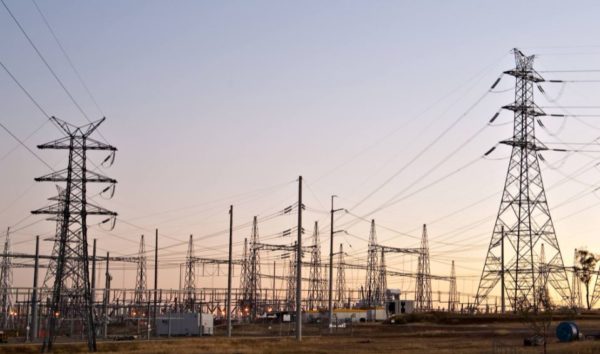
It is not clear if perhaps the ARENA team has been working with networks to provide some flexibility on fees when it comes to local community batteries.
It is also worth noting that while electricity networks were previously barred from participating in wholesale energy markets, the Australian Energy Regulator in February granted networks an exemption from this rule for community battery projects, known as a Ring-fencing class waiver.
Community batteries in Australia
The concept of community batteries has stirred great excitement in Australia, promising to distribute locally produced green energy from rooftop solar power in equitable and efficient ways. Unfortunately, few projects have been able to deliver on such promises to date due to a number of technical, regulatory, financial and other issues.
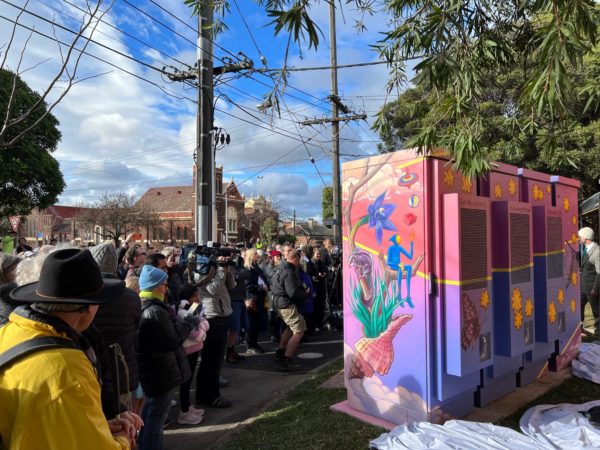
Image: YEF
Community batteries, it seems, are not particularly good revenue generators, nor shared ‘solar shifting’ devices. Where they shine is as a solution to particular local network issues, according to Bjorn Sturmberg, research leader in the battery storage and grid integration program at the Australian National University (ANU). Reliability, daily voltage control, reverse power flows, and energy resilience in the face of natural disasters simply can’t be worked out on the continental electricity system, and have to be addressed locally through devices like community batteries.
This led Sturmberg to conclude electricity networks are the most logical choice to own and operate community batteries. ARENA, it seems, has come to a similar conclusion.
Trust in electricity networks, however, hardly abounds. Pv magazine has heard reports of transmission and network companies radically shifting the price they charge to connect battery projects, with quotes sometimes shooting up in the tens of millions in a matter of months for utility-scale projects.
Moreover, the Institute for Energy Economics and Financial Analysis, the IEEFA, recently released a report on the supernormal profits of Australia’s electricity networks, which tend to be monopolies. It called on state and federal governments to better regulate networks’ profits.
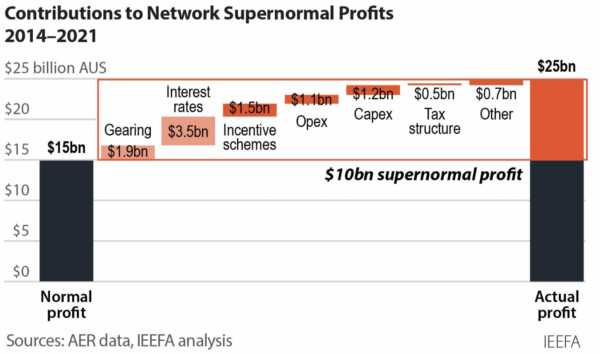
Whether this program can successfully recover and deliver on its conceptual promises remains to be seen. In the meantime, ARENA will hold two webinar information sessions on April 12 and 18 for interested parties. Expressions of interest for round one close on June 30.
This content is protected by copyright and may not be reused. If you want to cooperate with us and would like to reuse some of our content, please contact: editors@pv-magazine.com.
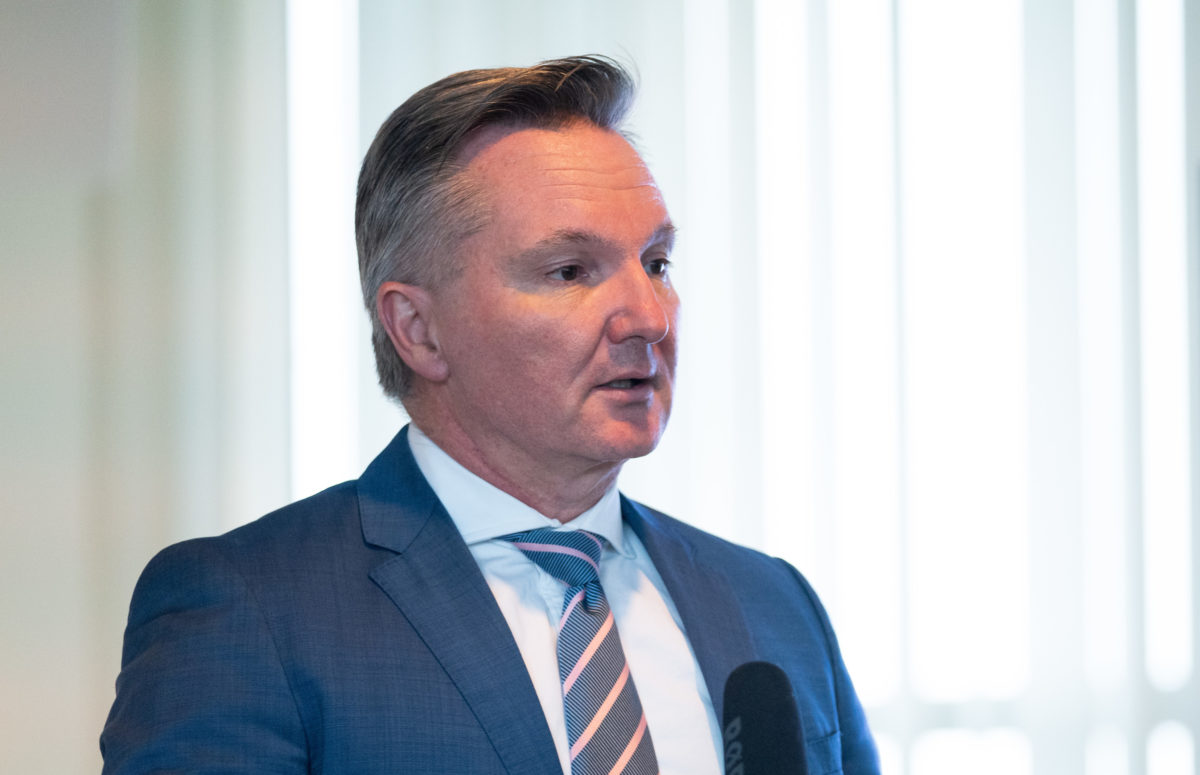








By submitting this form you agree to pv magazine using your data for the purposes of publishing your comment.
Your personal data will only be disclosed or otherwise transmitted to third parties for the purposes of spam filtering or if this is necessary for technical maintenance of the website. Any other transfer to third parties will not take place unless this is justified on the basis of applicable data protection regulations or if pv magazine is legally obliged to do so.
You may revoke this consent at any time with effect for the future, in which case your personal data will be deleted immediately. Otherwise, your data will be deleted if pv magazine has processed your request or the purpose of data storage is fulfilled.
Further information on data privacy can be found in our Data Protection Policy.